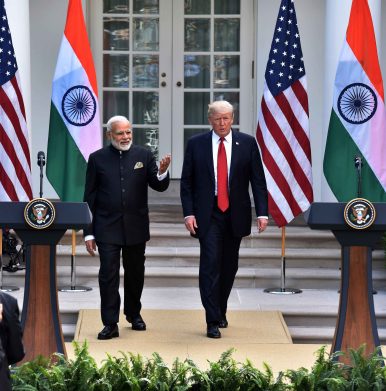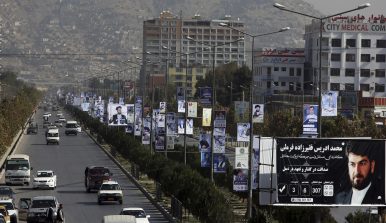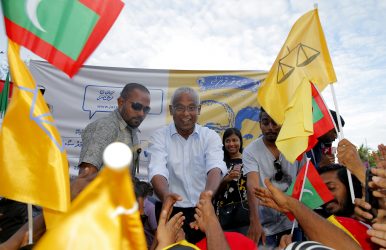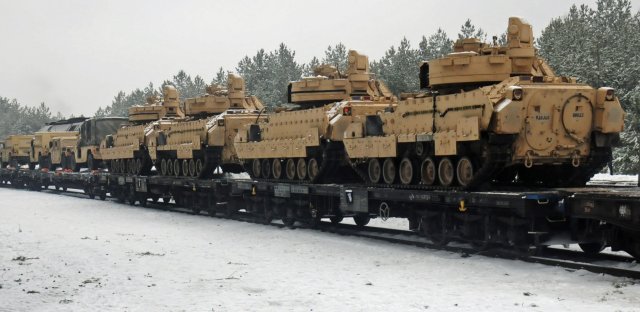By Robert Farley
 Ankit Panda offers a concise summary of what the COMCASA agreement, which ensures cooperation on communications technology and policy, means for the future of U.S.-India relations. It clears up one of the last big roadblocks for U.S.-Indian interoperability, making arms transfers easier and paving the way for improved cooperation on innovation and production. The U.S. Department of Defense has also suggested that India (along with Indonesia and Vietnam) will not be sanctioned under CAATSA for purchasing Russian military equipment.
Ankit Panda offers a concise summary of what the COMCASA agreement, which ensures cooperation on communications technology and policy, means for the future of U.S.-India relations. It clears up one of the last big roadblocks for U.S.-Indian interoperability, making arms transfers easier and paving the way for improved cooperation on innovation and production. The U.S. Department of Defense has also suggested that India (along with Indonesia and Vietnam) will not be sanctioned under CAATSA for purchasing Russian military equipment.
The closer relationship between the United States and India has big implications for the future of India’s defense industrial base (DIB). India is adopting a technology-management model that resembles that of the United States in some ways, even though the structure of the Indian DIB remains radically different.




















